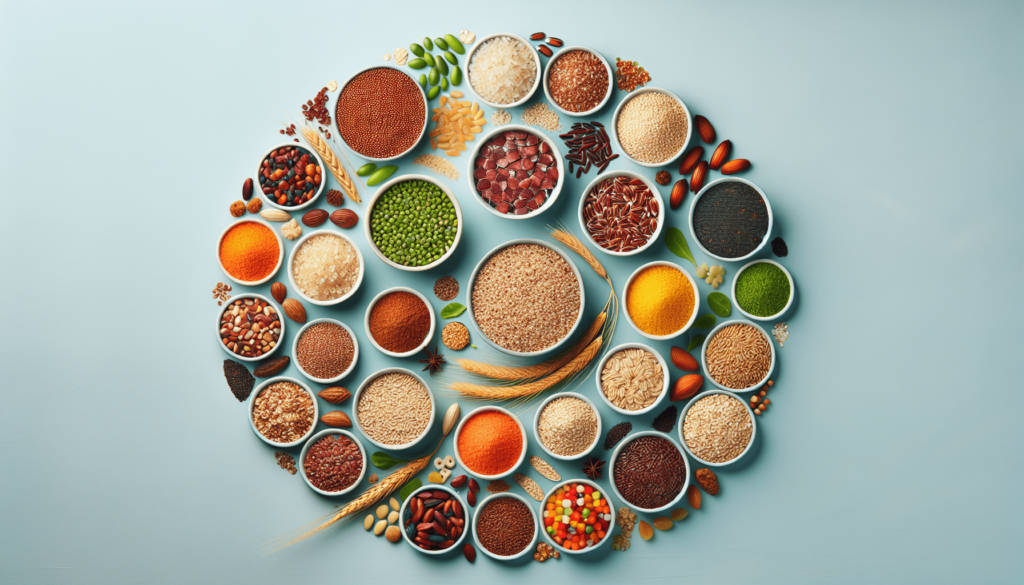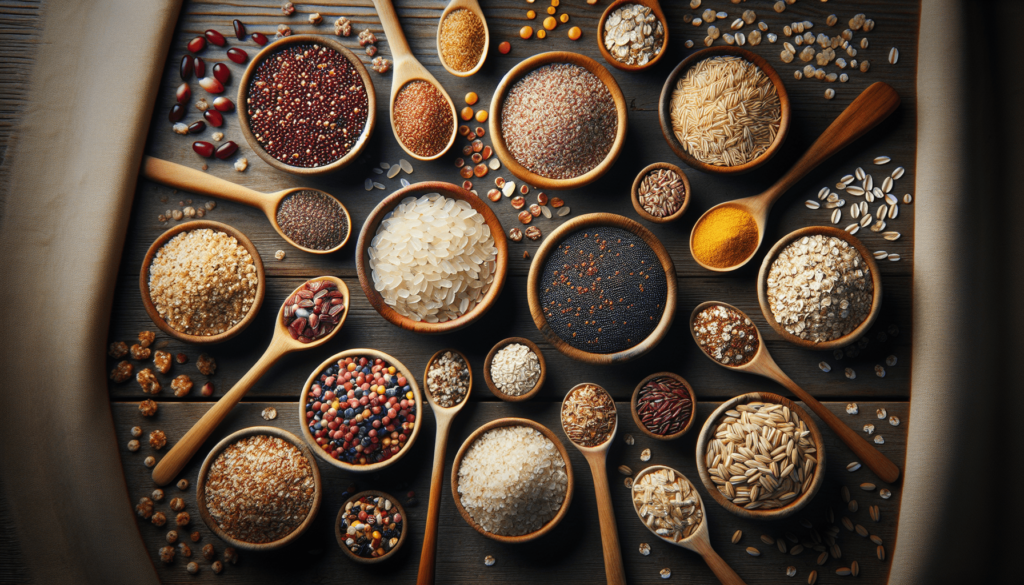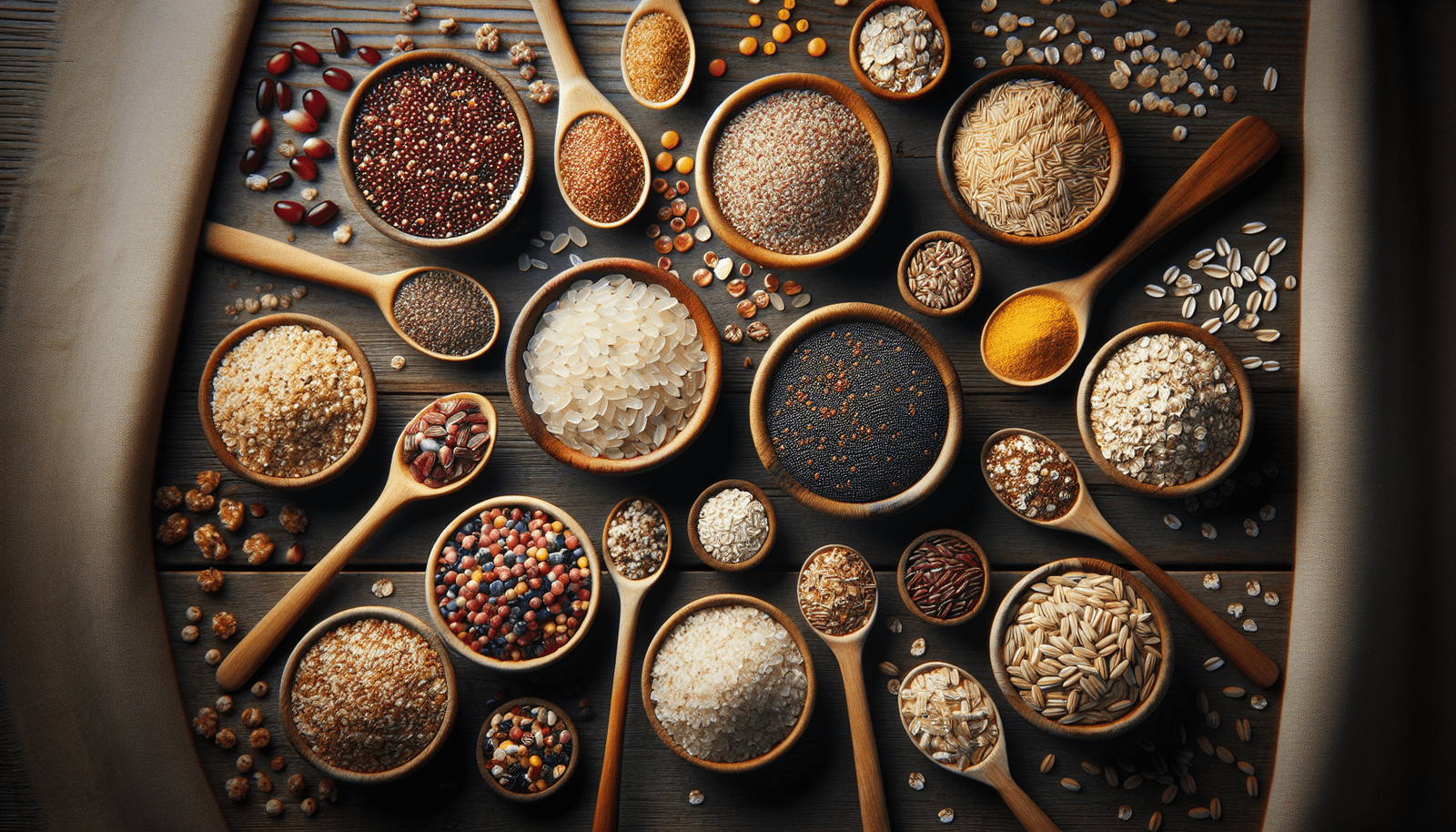Welcome to “A Guide To Healthy Grains: What To Eat And What To Avoid.” In this comprehensive article, you will learn about the benefits of incorporating healthy grains into your diet and the ones to avoid for optimal health. Discover the variety of nutritious grains that can enhance your well-being and help you make informed choices when it comes to your daily meals. From quinoa to whole wheat, this guide will provide you with all the information you need to make healthier choices for a balanced diet. Let’s embark on this journey to better health together! Have you ever wondered what grains are actually healthy for you and which ones you should avoid? In this guide, we will walk you through everything you need to know about incorporating healthy grains into your diet. From quinoa to farro, we’ve got you covered. Let’s dive in!
Understanding Healthy Grains
When it comes to grains, not all are created equal. Some are packed with essential nutrients and fiber, while others can be high in refined carbohydrates and sugar. Understanding the difference between healthy and unhealthy grains is key to making informed choices for your diet.
What Makes a Grain Healthy?
Healthy grains are whole grains that are minimally processed and retain all parts of the grain kernel – the bran, germ, and endosperm. This means they are rich in fiber, vitamins, and minerals that are essential for overall health. Examples of healthy grains include quinoa, brown rice, oats, and barley.
What Makes a Grain Unhealthy?
Unhealthy grains, on the other hand, are often refined and stripped of their nutrient-rich parts, leaving behind mostly carbohydrates. These grains are typically lower in fiber and can cause spikes in blood sugar levels. Examples of unhealthy grains include white rice, white bread, and sugary cereals.
Healthy Grains to Add to Your Diet
Now that you know what makes a grain healthy, let’s take a closer look at some of the best options to incorporate into your diet. These grains are not only nutritious but also versatile and delicious, making them easy to include in your meals.
Quinoa
Quinoa is a complete protein, meaning it contains all nine essential amino acids that your body needs. It is also gluten-free and high in fiber, making it a great option for those with gluten sensitivities or digestive issues. Quinoa can be used in salads, soups, stir-fries, and even as a breakfast grain.
Brown Rice
Brown rice is a whole grain that is rich in fiber, vitamins, and minerals such as manganese and selenium. It has a nutty flavor and chewy texture that pairs well with a variety of dishes. Brown rice can be used as a base for grain bowls, stuffed peppers, and stir-fries.
Oats
Oats are a great source of soluble fiber, which can help lower cholesterol levels and improve heart health. They are also high in antioxidants and protein, making them a nutritious breakfast option. Oats can be enjoyed as oatmeal, overnight oats, or blended into smoothies.
Barley
Barley is a hearty grain that is rich in fiber, vitamins, and minerals. It has a chewy texture and nutty flavor that works well in salads, soups, and stews. Barley is also a good source of beta-glucans, a type of soluble fiber that can help lower cholesterol levels.

Grains to Avoid or Limit
While healthy grains should be a staple in your diet, there are also grains that you should limit or avoid due to their high sugar and carbohydrate content. These grains can cause spikes in blood sugar levels and contribute to weight gain and other health issues.
White Rice
White rice is a refined grain that has been stripped of its fiber and nutrients during processing. It is high in carbohydrates and can cause rapid spikes in blood sugar levels. Instead of white rice, opt for brown rice or other whole grains that are higher in fiber and nutrients.
White Bread
White bread is another refined grain that is low in fiber and nutrients. It is often made with added sugars and preservatives, which can contribute to inflammation and digestive issues. Choose whole grain bread or alternative options such as sprouted grain bread for a healthier choice.
Sugary Cereals
Sugary cereals are typically made with refined grains and loaded with added sugars. They are often high in calories and low in nutrients, making them a poor choice for a balanced breakfast. Instead, choose whole grain cereals or oatmeal topped with fresh fruit for a healthier start to your day.
How to Incorporate Healthy Grains into Your Diet
Now that you know which grains to include and which ones to avoid, it’s time to start incorporating healthy grains into your meals. There are countless ways to enjoy grains, whether as a side dish, main course, or snack. Here are some tips for adding healthy grains to your diet:
Meal Prep
Prepare a batch of quinoa, brown rice, or barley at the beginning of the week and store it in the fridge for quick and easy meals. You can use these grains as a base for salads, stir-fries, and grain bowls throughout the week.
Smoothies
Add oats or quinoa to your smoothies for an extra boost of fiber and protein. You can blend oats into a fine powder or soak quinoa overnight to make them easier to digest. Smoothies are a great way to incorporate grains into your breakfast or post-workout routine.
Snacks
Make your own trail mix with a mix of whole grains, nuts, and dried fruit for a healthy snack on the go. You can use oats, quinoa puffs, or whole grain cereals as the base for your trail mix. This snack is perfect for satisfying your hunger between meals.
Baking
Replace refined flour with whole grain flour in your baking recipes for a healthier alternative. You can use whole wheat flour, oat flour, or almond flour in place of white flour in muffins, bread, and pancakes. Whole grain flour adds fiber and nutrients to your baked goods.

Conclusion
Incorporating healthy grains into your diet is an easy way to improve your overall health and well-being. By choosing whole grains such as quinoa, brown rice, oats, and barley, you can increase your intake of fiber, vitamins, and minerals that are essential for optimal health. Remember to limit or avoid refined grains such as white rice, white bread, and sugary cereals, as they can contribute to negative health outcomes. With a little creativity and planning, you can enjoy a variety of delicious meals that feature healthy grains as the star ingredient. Start experimenting with different grains today and reap the benefits of a balanced and nutritious diet.

